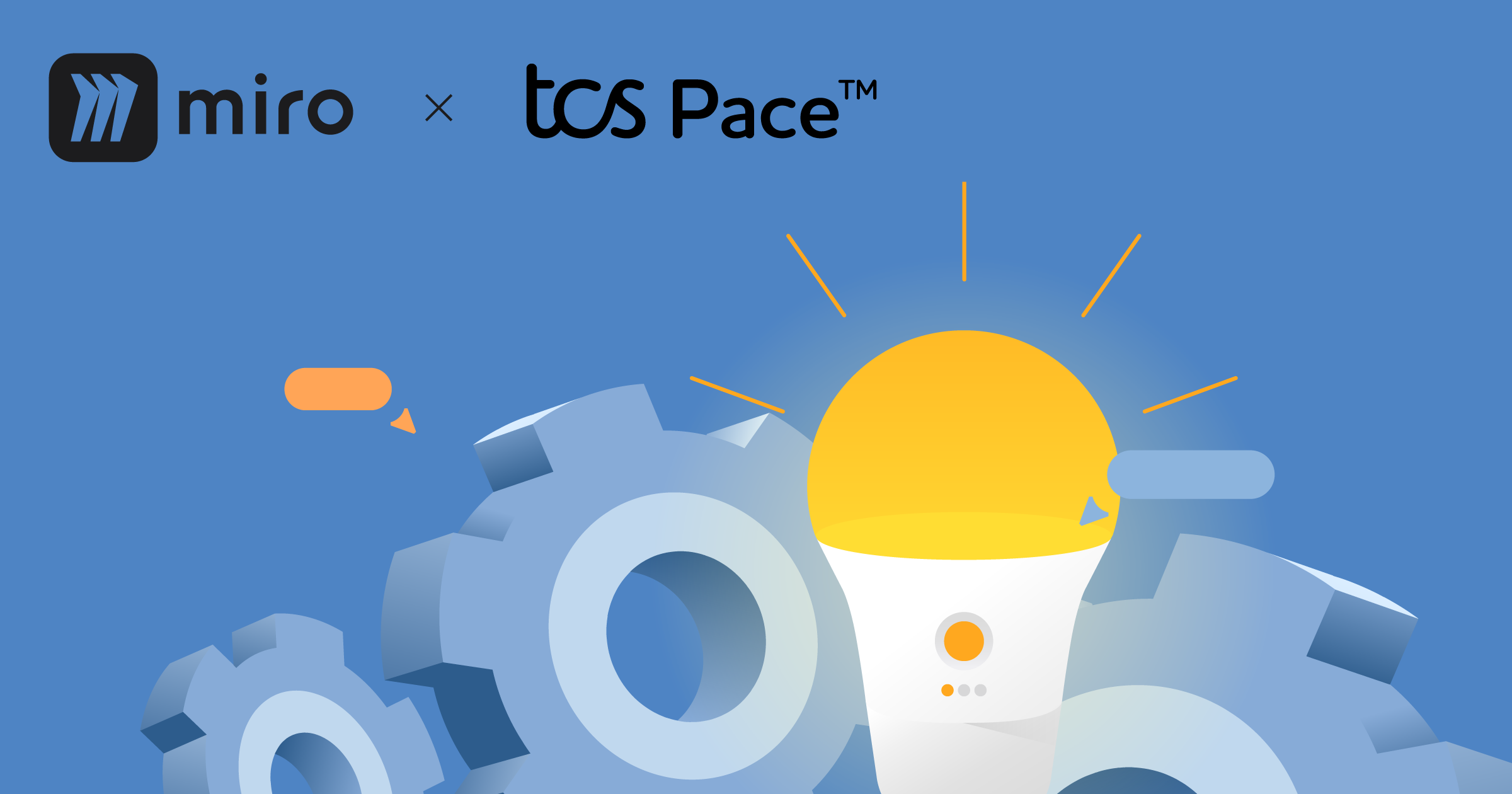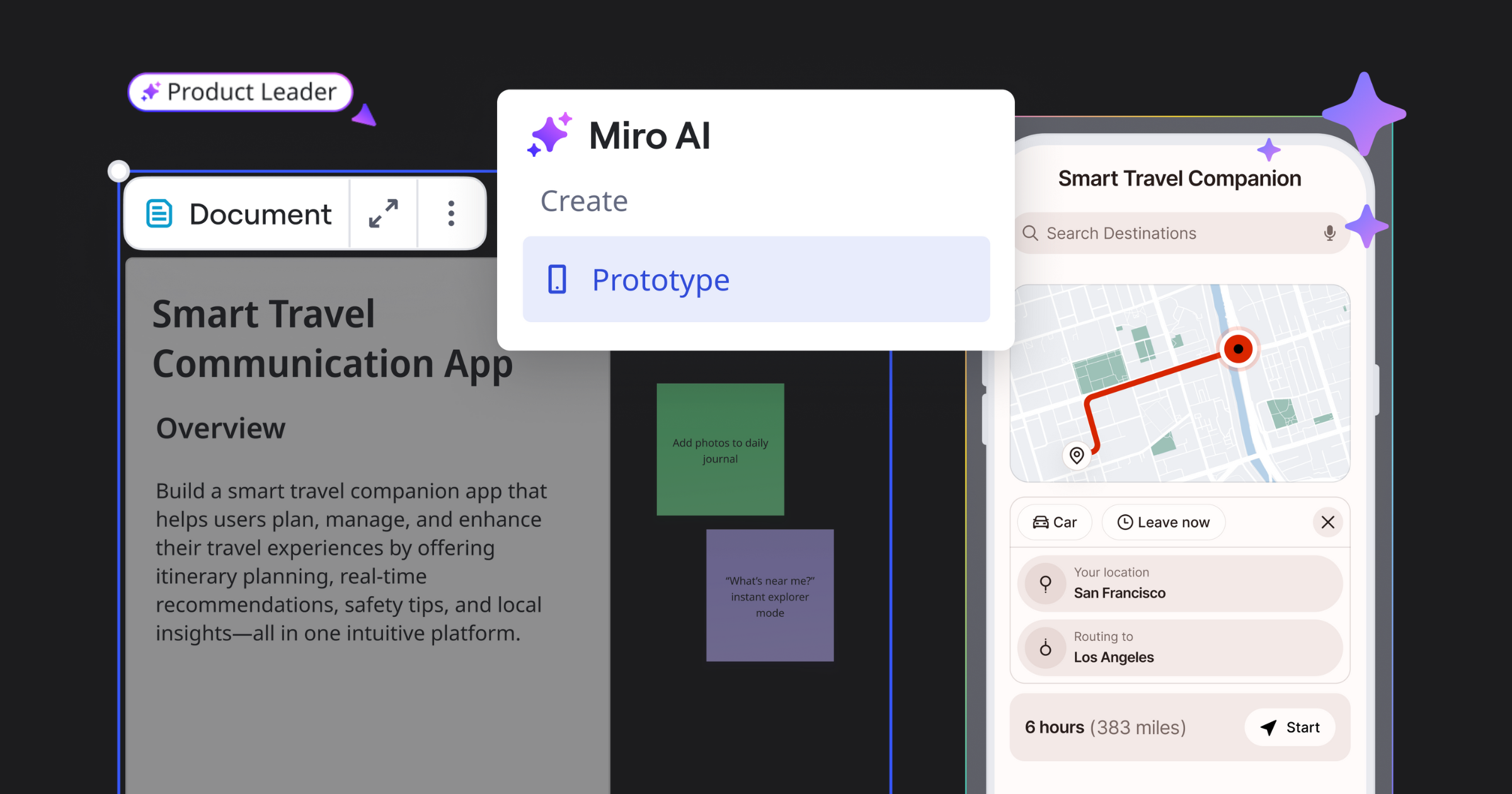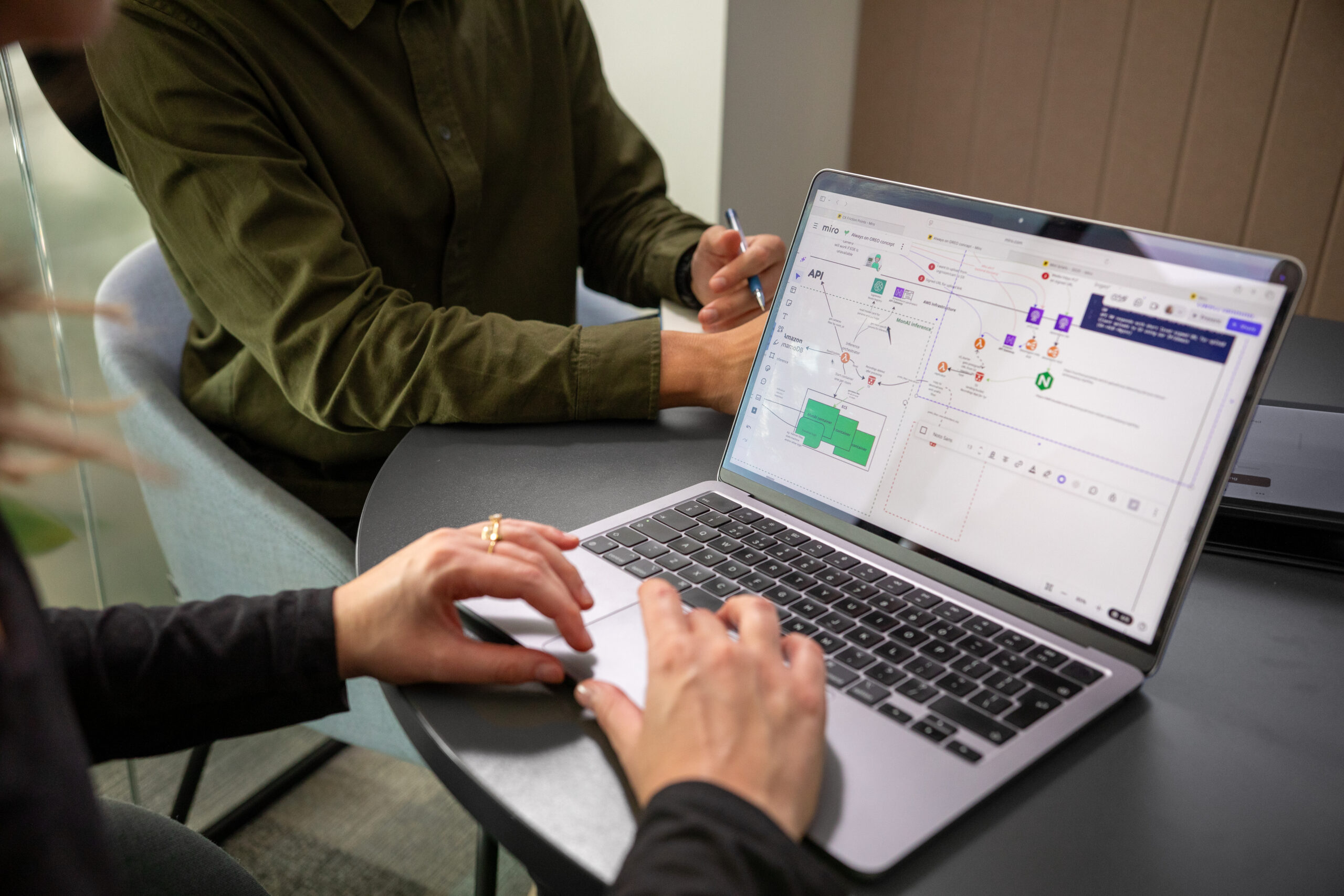Here at Miro, we are passionate about helping other companies be more productive and streamline their product development. We also try to follow them closely on their way to success and share their insights with our readers. Today, we are excited to publish a story about SEEK Asia, a leading employment-oriented service in the Asian region.
Key takeaways
- The Southeast Asian market gives digital companies like SEEK Asia a lot of opportunities. To stay relevant, the company is investing in deeper relationships with customers and making sure the product stays ahead of the curve.
Tweet - To stay relevant, SEEK Asia follows the Agile approach, but implementing it when employees are distributed all across Asia is challenging at times. The team uses tools like Miro, Zoom, and Slack.
Tweet - Currently, the company is building a next-generation mobile app and web experience to ensure it’s not just bigger, but also stronger compared to competitors.
Tweet
Explosive growth in the job market
In recent years, the employment market has gone through impressive transformations. Some of the employees of SEEK Asia, a platform for job seekers, remember the time when job listings were mostly published in newspapers rather than online. Now people expect not only to find a job through a digital service, but to find it fast.
“We embrace the purpose of improving people’s lives through giving them better career opportunities; by doing so, our design team is constantly challenging the status quo of the employment needs across different markets and staying focused on the core of our customers’ problems,” says Alfred Yeap, SEEK Asia’s lead product designer based in Kuala Lumpur.
The company owns several brands: JobStreet, jobsDB, Jora, and WorkAbroad. JobStreet is Southeast Asia’s largest online employment company. Founded in 1997, it was bought by the Australian company SEEK Ltd in 2014 for $523.5 million. JobsDB is the other majority-owned Asian online job search business, which established its presence in Hong Kong, Indonesia, Malaysia, the Philippines, Singapore and Thailand. Jora is a worldwide job search aggregator in almost every continent around the globe. WorkAbroad is a service for overseas job openings for Filipino workers.
“Speaking of our market position, we’re part of a global company. Our competitors are increasingly globalized as well,” observes Daniel Walters, SEEK Asia’s chief information officer. The business competes not with local Asian suppliers, but also with international companies like Indeed, Google, Facebook and LinkedIn. “For us, it’s critical how fast we can adapt and make the right decisions, so we can compete with these behemoth competitors,” concludes Daniel.
What helps SEEK Asia stand out in that tight competition? Daniel points to the fast development of the region: “In terms of organic growth, Southeast Asia has itself been a very large opportunity for SEEK Corp.” To stay relevant, the company is investing in deeper relationships with customers and making good use of AI and Machine Learning on large data sets of candidates and hirers.
“I think, after the emergence of social media like Facebook, everyone is expecting things to happen in real time. People expect things immediately when they apply for a job,” adds Aaron Tan, the company’s product design lead. That’s why SEEK invests in experiments, such as notifications on Facebook.
New collaborative tools to address the company’s challenges
To stay ahead of the curve and keep growing in the highly competitive market, SEEK Asia has implemented several new collaboration tools. These tools help the team address multiple challenges like working remotely and establishing communication in a merged company with two distinctive cultures.
The team follows the Agile approach, but implementing it when employees are distributed all across Asia was challenging at times. “In my team, we were using Skype for Business, but different departments used different communication tools, so sometimes messages would be lost in limbo.” Now the whole team uses Slack as a main communication channel, but sometimes it’s a bit overwhelming because of the huge number of messages. The company also invested in a corporate Zoom account to ensure that video quality is stable. In many Asian countries, the internet connection is not always stable, and Zoom provides a good service.
The impact of using Miro
Better design reviews
The tool helps our design team create better visual concepts and storytelling techniques and present them to stakeholders. Most importantly, we can get them involved earlier. When everything is transparent, we can reduce the number of iterations by half.
Better collaboration
We have more engaging sessions with our colleagues from other locations and save a lot of time. Miro’s interactive features like real-time collaboration, comments, and sticky notes help us communicate effectively. What took months now is done in weeks!
Reduced costs on business trips
Now that it’s so much easier to communicate across different teams and different locations, we are also able to reduce the frequency of business trips inside our team and for our colleagues abroad.
Another tool that has proven to work well, even when the connection isn’t perfectly stable, is Miro. “The thing that impressed me was that it’s not like your typical web app where performance can be sluggish. We have our network problems, so that’s why stability is critical for us,” says Aaron. In his product design team, Aaron has to work closely with another group based in Hong Kong, so effective communication tools are very important. Following the Agile approach, the teams does Daily Standups in Miro and also documents all the action items in Confluence.
“Miro is an endless canvas, so we can put in lots of information. It’s good when you want to present some design work, because the endless canvas not only provides a lot of flexibility but also allows you to work with different formats like videos, PDFs and even PowerPoint,” adds Alfred. Now he can easily share his insights with the team overseas. Aaron also recently started using the tool to create wireframes and make presentations.
Another important Miro use case for SEEK Asia is facilitating executive meetings. Last year, the executive team was figuring out how to align different roles and divisions across the entire business, making sure that sales, marketing, product development and strategy were in sync. The team facilitated an offline whiteboard session where every executive added their objectives and key initiatives to the physical whiteboard, but they realized that they wanted to spend more time on discussing the topic.
“We moved all of the cards into Miro. Instead of carrying on those conversations, which might have taken five separate meetings and would probably spread over five months, we’ve actually done it in a really efficient way in about two weeks,” explains Daniel. He goes on: “Miro helps us reduce the time we spend making decisions and achieving alignment. When a couple of months can be reduced to a couple of weeks, it increases competitiveness.” Just recently, the team did the same exercise again, but started using Miro from the very beginning. They also did a whiteboarding session on risk management which they then brought online by using the feature where they took a photo and Miro converted the photo to individual digital post-its. “It’s a huge time saver!” says Daniel.
Four methods to align UX strategy with your business goal
Miro helps us reduce the time we spend making decisions and achieving alignment
Building for the future
In the coming year, providing excellent mobile experiences is a top priority for SEEK Asia. “We have four very popular mobile apps, but we are also building a next-generation mobile app and web experience,” says Daniel. “So that’s a big opportunity for us, not just about achieving big scale on the market, which we already have, but actually becoming even stronger compared to competitors,” he adds.
To achieve these goals, the team is also using OKR, Jobs-To-Be-Done and other approaches and frameworks within the strategy department, which cascades across the rest of the teams. Daniel also told us that the team is considering implementing a new approach called Causal Chain Analysis with Miro. “We use a combination of Miro, Office 365, Atlassian Suite, Trello and others to capture decisions or as a central knowledge base to keep people on the same page,” concludes Daniel. The company is also trying to improve the way it documents everything. “We’re constantly progressing towards making information more centrally discoverable, which improves the workflow for our distributed teams,” he adds.
Use Miro to facilitate innovation, cultural transformation, change management or product development in your organization.
Get in touch to learn more about Company plan for enterprise teams of 50 users and up.
Profile
SEEK Asia
is the global leader in online employment marketplaces. SEEK Asia consolidates leading brands in this space across South East Asia including JobsDB, Jobstreet, WorkAbroad and Jora.
Team: Over 1100 employees operating across multiple locations including Hong Kong, Singapore, Malaysia, Indonesia, Thailand, the Philippines and Vietnam
Founded: 1997
Founders: Andrew Bassat, Matt Rockman and Paul Bassat
Miro use cases












